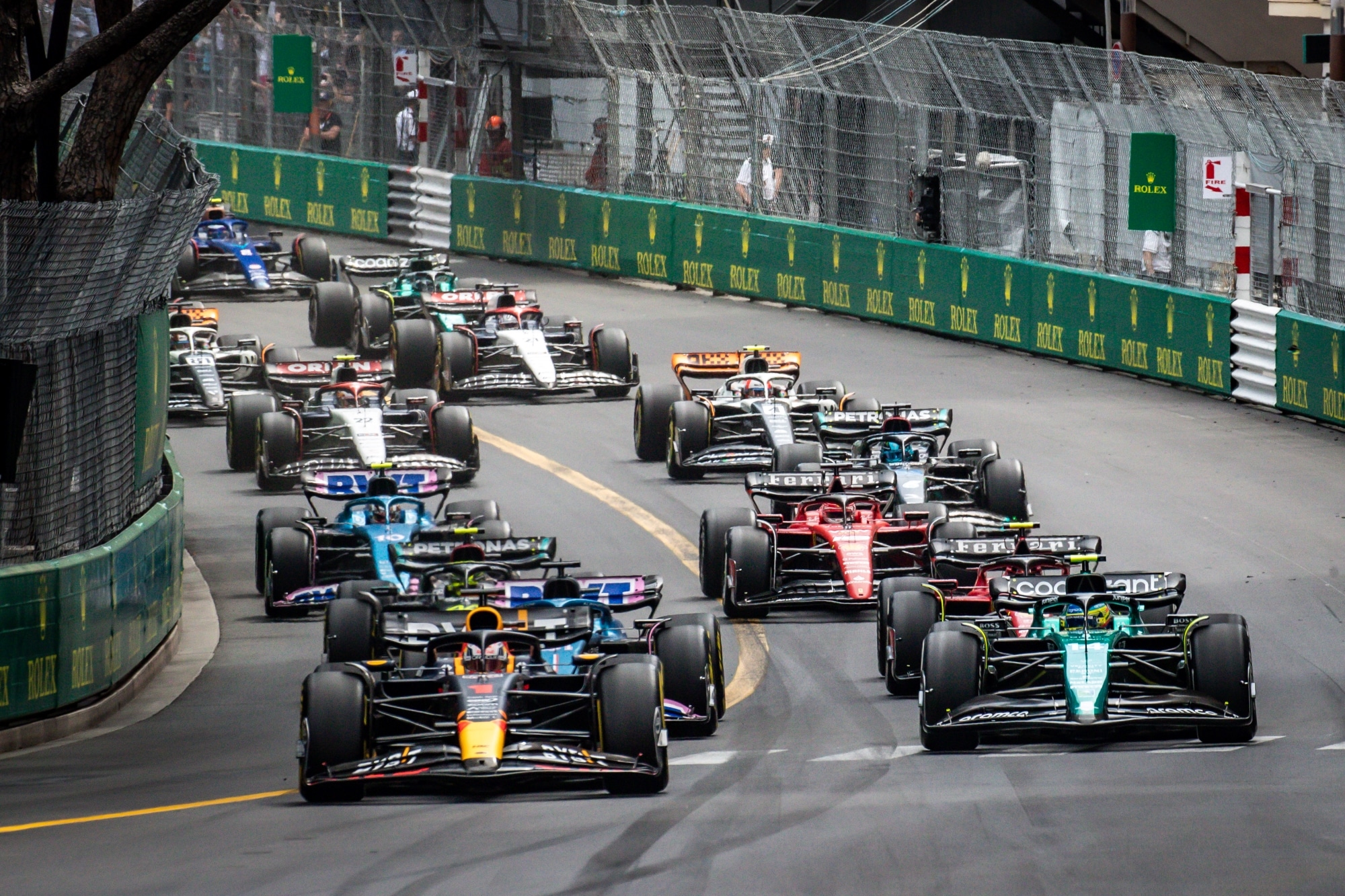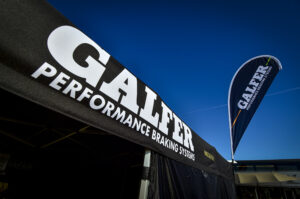STEZZANO, Italy — Re-energized after the summer break, Formula 1 kicks off again in the Netherlands where the orange tide will be repeated in the stands, as testified by more than 300,000 spectators last year. According to the Brembo technicians, the Zandvoort Circuit, where the race takes place, is one of the least demanding circuits on the brake system.
On a scale of 1 to 5, it is rated 2 on the difficulty index.
One of its distinctive features is turns 3 and 14 banked at around 19 degrees, more than double the corners at Indianapolis. This has a significant effect on the single-seater set-up which also impacts the brakes.
From Michael to Max, what a change
In the first 12 Grands Prix of the season, Max Verstappen has earned 314 points out of a maximum of 336, the equivalent of 93.45%. Only Alberto Ascari in 1952 and 1953 and Jim Clark in 1963 and 1965 ended the Formula 1 season with a higher percentage, which was due to the elimination system qualifying format in place at the time.
In the championships without elimination, Michael Schumacher holds the record. In 2002 in a Ferrari with a Brembo brake system, Schumacher scored 144 points out of 170, the equivalent of 84.71%.
At the time, carbon brake discs had just 72 ventilation holes all arranged in one row with a 10mm diameter compared with the more than 1,000 holes with a 3mm diameter on the present-day single seaters.
Six corners in a row where the brakes are used
According to Brembo engineers, the Formula 1 drivers use their brakes on nine of the 14 turns on the Dutch track: from turn 8 to turn 13, the brakes are vital. From turn 4 to turn 7, they are never used. On one lap, the drivers use their brakes for a total of 11.3 seconds which amounts to 16% of the entire GP race.
The extremely smooth flowing of the track is confirmed by the presence of only one turn where braking lasts more than two seconds and just four turns with a stopping distance of 55 meters (180.4 feet).
Three braking moments require a load on the brake pedal of more than 100kg (220 pounds) and yet from the start to the finish, each driver exerts a force of 61.5 metric tons, almost the same as the Austrian GP.
191km/h (118.6 mph) less with 141kg (310.9 pounds) of load
Of the nine braking sections at the Dutch GP, twp are classified as highly demanding on the brakes, three are of medium difficulty and the remaining four are light.
The most difficult braking is on the first turn because the cars come off a 1.1km (0.69 mile) straight with no braking on the last turn. The single seaters hit the brakes at 310km/h (192 mph) and drop to 118km/h (73 mph) in just 119 meters (390.4 feet).
To do this, the drivers brake for 2.28 seconds, applying a load of 141 kg (310.9 pounds) on the brake pedal and experiencing 4.7G of deceleration.








